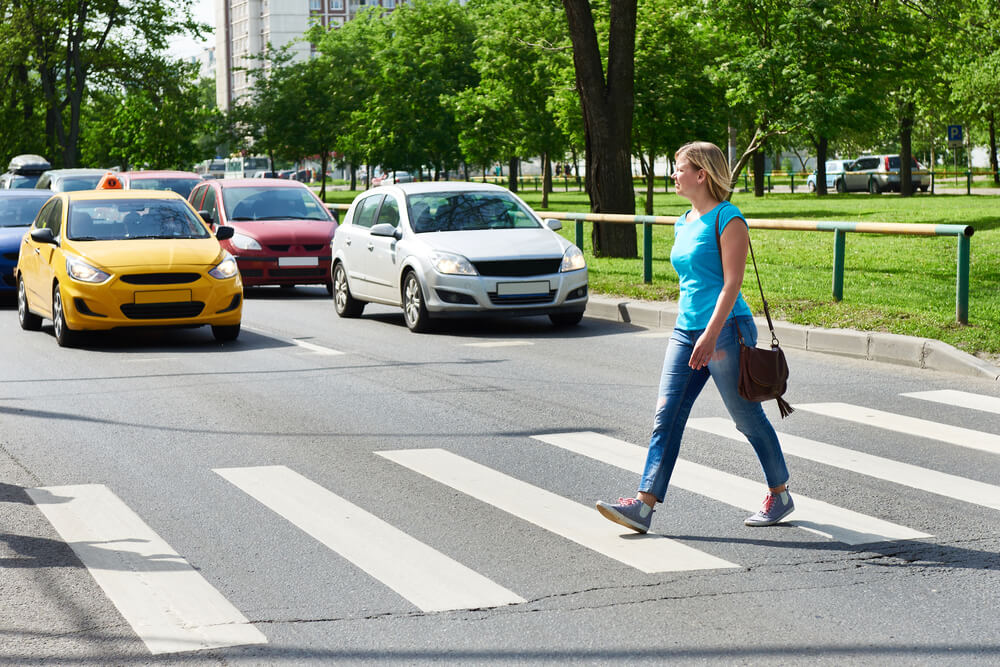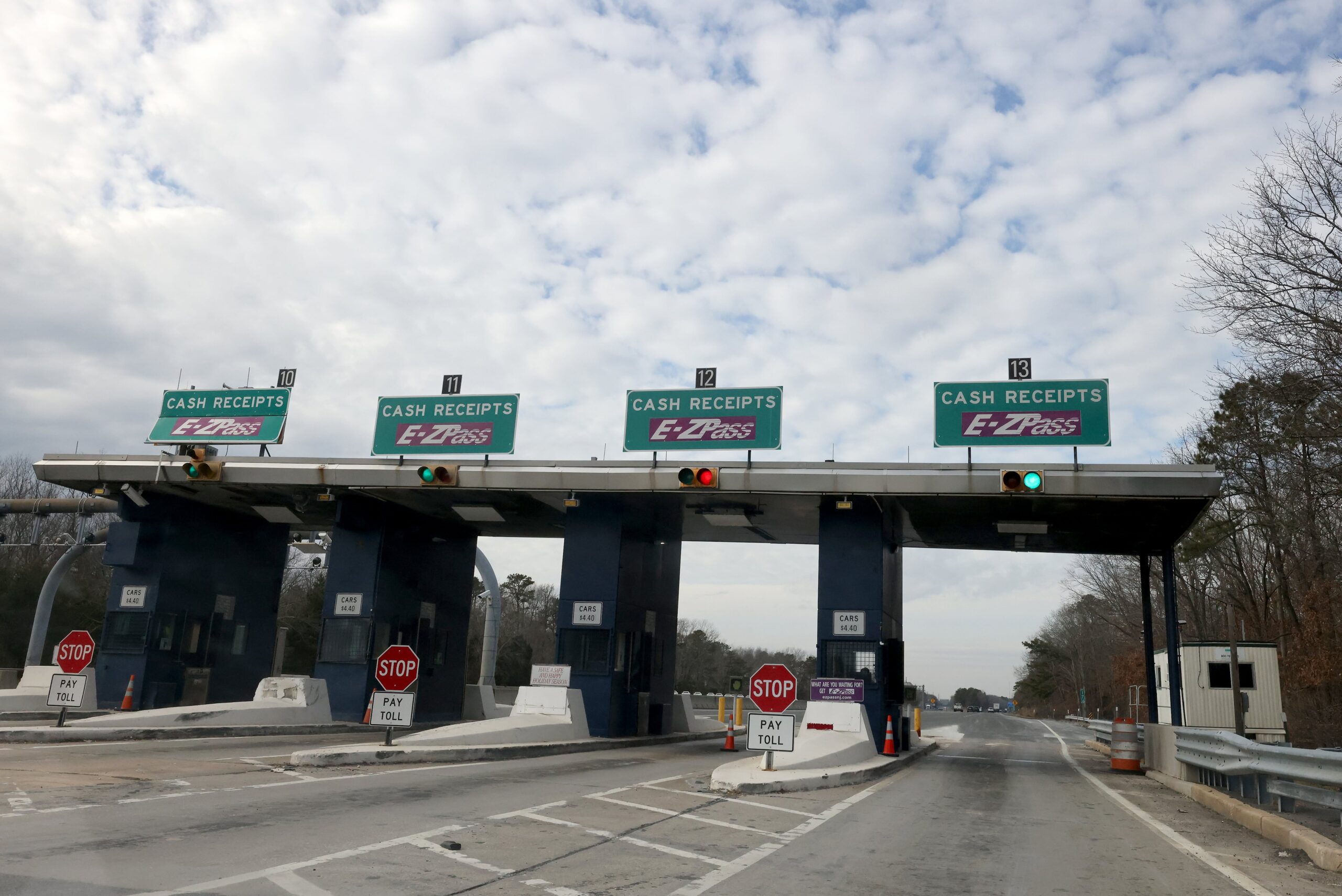Understanding right-of-way laws is crucial for drivers, cyclists, and pedestrians in Colorado. These laws determine who has the priority to proceed in different traffic situations, ensuring smooth movement and reducing the risk of accidents.
Colorado has specific right-of-way rules for intersections, pedestrian crossings, mountain roads, emergency vehicles, and more. This article provides a comprehensive overview of these laws and how they impact daily driving.
Right-of-Way at Intersections
Intersections are one of the most common places where right-of-way conflicts occur. Colorado law states:
- Uncontrolled Intersections: If two vehicles arrive at an intersection without traffic signals or stop signs, the driver on the left must yield to the driver on the right.
- Four-Way Stops: When two or more vehicles arrive at a four-way stop at the same time, the vehicle on the right has the right of way. If one vehicle arrives first, it proceeds first.
- Traffic Signals and Signs: Drivers must obey traffic signals and signs that dictate right-of-way. A green light means the driver can proceed, but they must yield to pedestrians and vehicles still in the intersection.
- Left Turns: When making a left turn, a driver must yield to oncoming traffic unless they have a green arrow signal.
Failure to yield at an intersection can result in a fine, points on a driver’s record, and potential liability in an accident.
Pedestrian Right-of-Way Laws
Colorado law prioritizes pedestrian safety. Some key rules include:
- Crosswalks (Marked and Unmarked): Drivers must yield to pedestrians in crosswalks, whether marked or unmarked.
- Intersections: If a pedestrian is crossing at an intersection, drivers must stop and allow them to pass before proceeding.
- Jaywalking: Pedestrians crossing outside designated crosswalks must yield to vehicles. However, drivers are still expected to exercise caution.
- School Zones and Buses: Extra caution is required in school zones. Drivers must stop for school buses when their stop signs are extended, allowing children to cross.
Ignoring pedestrian right-of-way laws can result in severe penalties, including fines and license points.
Right-of-Way on Mountain Roads
Colorado’s mountainous terrain presents unique right-of-way challenges. According to state law:
- Narrow Roads: If a road is too narrow for two vehicles to pass, the vehicle traveling downhill must yield and reverse if necessary to allow the uphill vehicle to pass. This rule exists because vehicles traveling uphill require more power and control.
- Turnouts: On winding roads, slower vehicles must use turnouts to allow faster traffic to pass safely.
These rules prevent accidents on Colorado’s steep and winding mountain roads.
Right-of-Way for Emergency Vehicles
Emergency vehicles have absolute right of way when responding to an emergency. Drivers must:
- Pull over to the right and stop when an emergency vehicle approaches with flashing lights and sirens.
- Remain stopped until the vehicle has passed unless otherwise directed by law enforcement.
- Never follow emergency vehicles closely or try to pass them when they are responding to an emergency.
Failure to yield to emergency vehicles can result in significant fines and penalties.
Bicyclists and Right-of-Way
Colorado law treats bicycles as vehicles, meaning cyclists must follow the same right-of-way rules as drivers. However, drivers must:
- Yield to cyclists in bike lanes and when turning.
- Maintain at least three feet of space when passing a bicycle.
- Be cautious at intersections where cyclists may be crossing.
Cyclists, in turn, must yield to pedestrians and follow all traffic signals and signs.
Conclusion
Understanding and obeying Colorado’s right-of-way laws is essential for road safety. Whether driving in the city, the mountains, or near pedestrians, knowing when to yield can prevent accidents and ensure smooth traffic flow.
By following these laws, drivers, cyclists, and pedestrians can coexist safely on Colorado’s roads.








